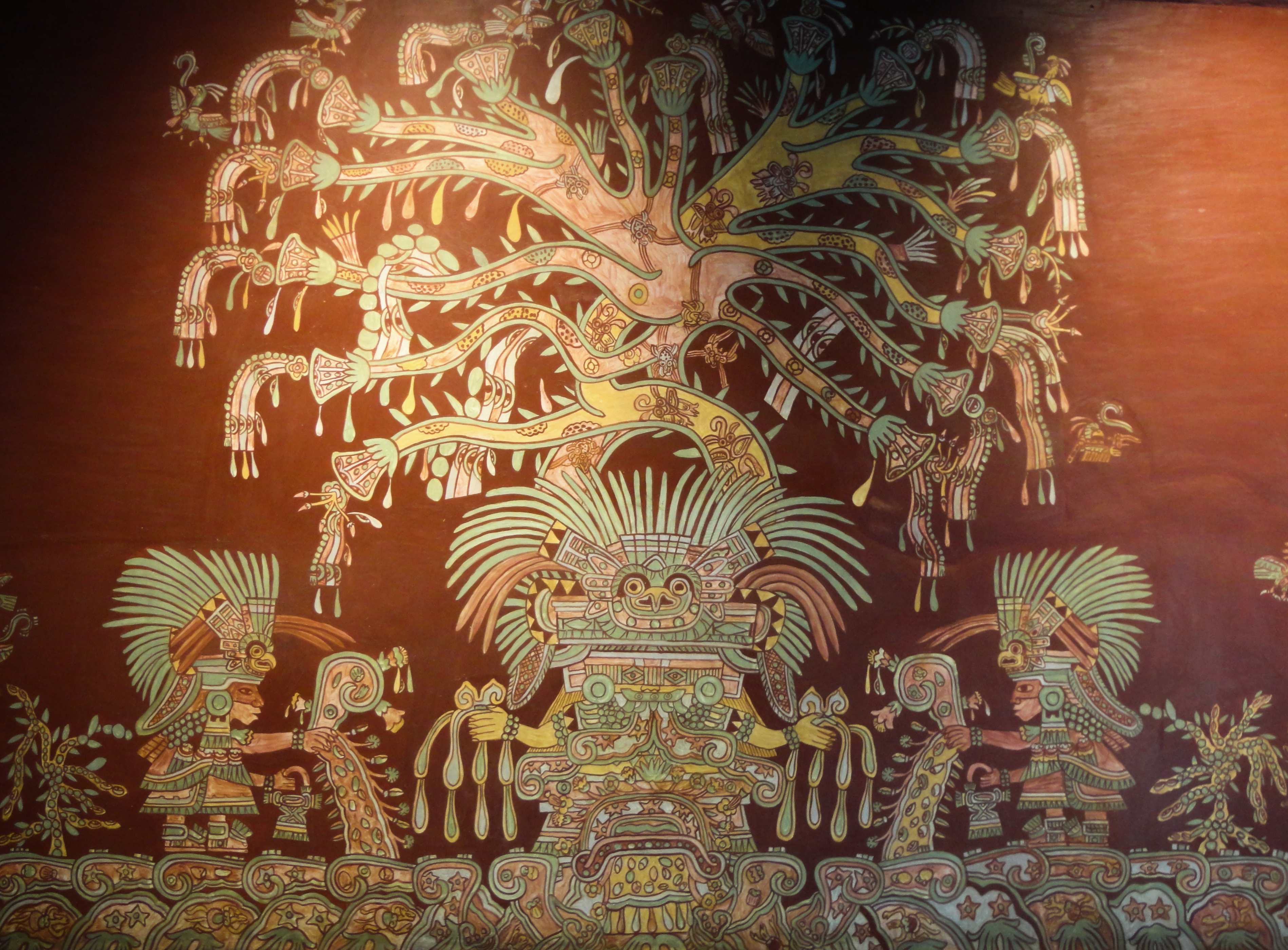About 45 minutes outside of Mexico City sits the largest ancient pyramid ever built in the Americas. Once the centerpiece of a sprawling trade empire, the monument to the sun god of Teotihuacan is now a popular tourist attraction, inspiring awe and intrigue from thousands of guests each year. Though its golden age has long since passed, this most marvelous monument of Teotihuacan still holds many secrets. So what is the Pyramid of the Sun, and why was it built here in all places?
What is the Pyramid of the Sun?
Ah, the Mexican Pyramid of the Sun, better known simply as the Pyramid of the Sun, stands proudly in the awe-inspiring ruins of Teotihuacan. This architectural marvel was constructed around 200 CE and dominates the skyline of Teotihuacan. It is the third-largest ancient pyramid in the world and was so revered by the Aztecs that they incorporated it into their history. To them, it was the birthplace of the universe, which is why in their language of Nahuatl, Teotihuacan means “The City of the Gods”.
When comparing our pyramid’s creation to others from the ancient world, primarily those in Egypt, a great distinction must be made. The Pyramid of The Sun is an earth-fill structure. This means that the inhabitants of Teotihuacan crafted this mammoth structure using piles of volcanic rock from nearby quarries. Don’t worry though, it wasn’t just a big pile of rocks. The pyramid was covered with lime plaster and adorned with colorful murals. Of course, erosion has done its thing over time so the pyramid we see today is the color of my soul, but back in its prime, this thing could make a peacock blush.
A quick fun fact: In 1971, a team of archaeologists unearthed a labyrinthine system of tunnels and chambers filled with invaluable treasures and artifacts beneath the pyramid. Unfortunately, these areas are off-limits to the public, but you can climb a portion of its exterior steps and marvel at the breathtaking views from the summit. So you Indiana Jones lovers can keep your whips and fedoras at home – for now at least. Once they open that I’ll be first in line to try and swipe the Golden Idol myself.

Before we move on, let’s clear up a common misconception. Despite its location in modern-day Mexico, the Pyramid of the Sun was not built by the Aztec or Maya civilizations. It’s associated with the enigmatic Teotihuacanos, who were a multi-ethnic people residing in the Valley of Mexico from 100 BCE to 750 CE. Their empire reached its zenith almost a thousand years before the Aztecs even stepped foot on the world stage. Teotihuacan did trade with the Maya however, and there is evidence of trade and warfare between the two civilizations.
The Age-Old Question: Why?
So why was this pyramid built in the first place? Well based on its name I’m sure you already have a pretty good idea – the Sun. The ancient inhabitants of Teotihuacan believed in the divine power of our life-giving star and dedicated this monument to their Sun deity. I’m sure there was also a little bit of a power influence built in there as well. When the pyramid was built, Teotihuacan was establishing itself as a major player in Mesoamerican politics, and there’s no better way to say “we mean business” than by building a giant pyramid. So next time you go to ask your boss for a raise, bring along some dirt and volcanic rock to build yourself a pyramid. You’ll be amazed at the results!
Beyond its physical magnificence, the Pyramid of the Sun holds a deep spiritual purpose. For the Teotihuacanos, the monument symbolized the connection between the earthly realm and the celestial heavens. They believed that through rituals and ceremonies conducted at this sacred site, they could harness the divine power of the Sun and bring prosperity to their civilization. And yes, there is evidence of human sacrifice at the site. Ancient Mesoamerica was big on that gruesome practice for some reason, though some were more “enthusiastic” than others. *cough* *cough* Aztecs *cough* *cough*.

To answer one final question that may be on your mind, we are not sure if the Pyramid of the Sun is a tomb, but it is unlikely. Despite its imposing size and mysterious underground chambers, no definitive evidence suggests it served as a burial site for ancient figures or noble rulers. It seems the pyramid’s purpose was more for celestial and political purposes than internment. Unfortunately, Indiana won’t be finding many burial chambers here.
Hoags’ Hypothesis
The Pyramid of the Sun is an overlooked monument in the grand scheme of things. I mean it’s the third-largest ancient pyramid in the world and I only really heard about it while sitting at bar trivia. I’d say my main takeaway from this research is that if we are going to teach people about the great Pyramids of Giza in Egypt, the least we can do is acknowledge the great pyramid in our backyard. Well, that and I probably need to find a new spot for trivia.
